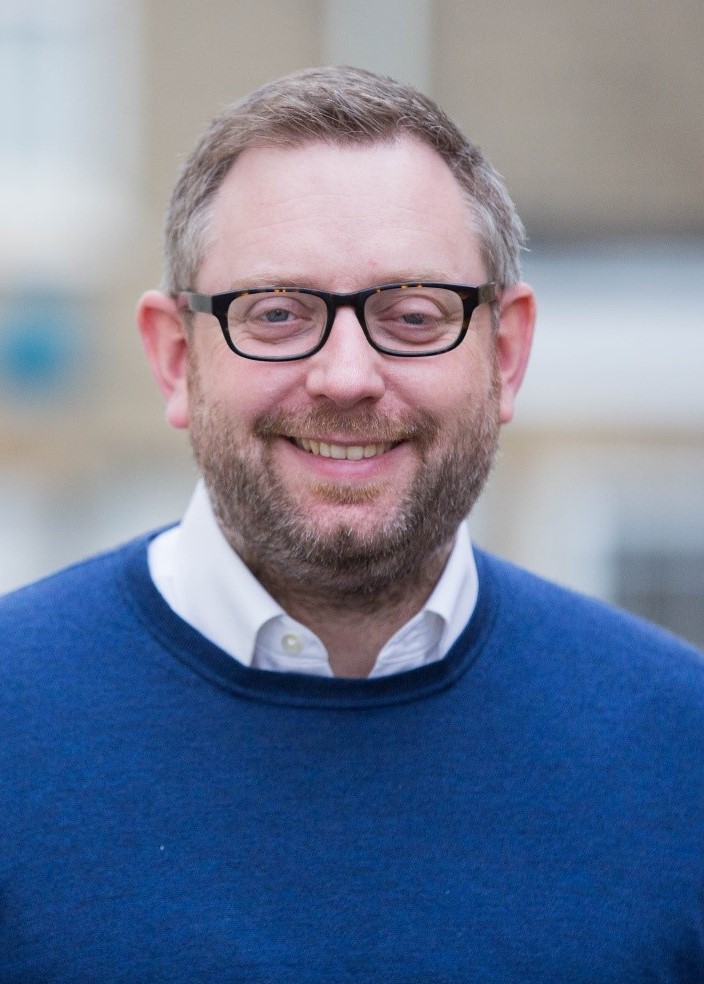Despite the noise about AI, things in our profession feel materially the same as when I started in bidding 25 years ago, especially for bid team members.
I think we need to take a broader view and look back up the funnel to examine the earlier stages of the bid growth process. I conduct 24 maturity benchmarking sessions with client boards annually and survey UK businesses with the Department for Business and Trade and others to assess our maturity in growing our organisations.
Some large organisations with bid teams and budgets excel, but on average the picture isn’t good, especially for organisations with less than 1,000 people.
Our recent survey of 500 UK companies (with 67% of those being SMEs), 25% reported having a win rate of 0-20%, with 56% having a win rate below 40%. This engaged audience noted they don’t capture deals ahead of tender, qualify tenders or have a bid process.
Unsurprisingly, high performers with win rates of over 60% do more capture upstream, qualify opportunities robustly, and have a recognised and well-sponsored bid process. Only 10% of high performers are SMEs.
B2B/B2G companies typically make 80% of their margin from 20% of their clients. They have a next batch of rising or falling stars, but then a very long tail of smaller clients barely breaking even or losing money. B2B/B2G businesses expend significant energy pursuing unattainable contracts and often risk losing money even if they win them.
We’ve found that companies make the majority of their profits from clients who engage early, are collaborative, have a higher propensity to direct awards or negotiate work, and where our staff enjoy working with them. Conversely, they lose money on smaller clients who surprise them with cold tenders (including where we haven’t influenced the specification), are litigious, and our staff don’t enjoy working with them.
As capture, bid and proposal professionals, we’re best connected to the business and most attuned to its performance. The new procurement act and its associated policy statement offer an opportunity to use internal and external market research data to assess our maturity and drive performance.
In a rapidly automated world, the second half of this decade should focus on demonstrating our value as strategic advisers and how we can guide our organisations to growth. Perhaps in adulthood winning work becomes a self-fulfilling prophecy, enabled by good market research and optimised client and opportunity selection.
Jeremy Brim
Jeremy works with leadership teams and business owners as a consultant and advisor to plan and deliver sustainable growth through analysis and interventions across the sales cycle. Jeremy has also taken on leadership of the Bid Toolkit, bringing with him a wealth of bidding knowledge and desire to help businesses of all sizes improve their win rates.

